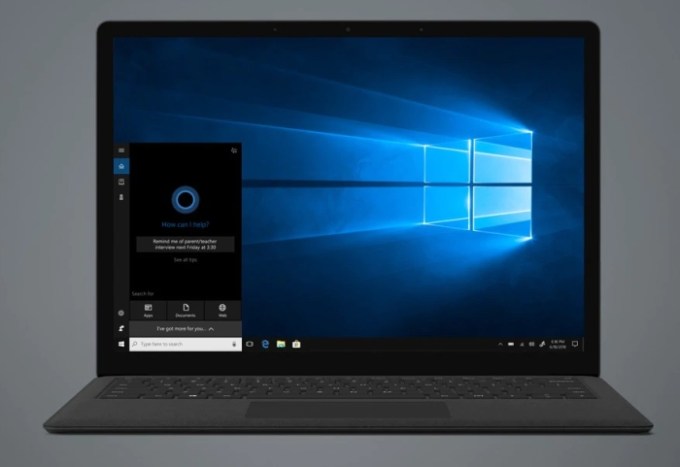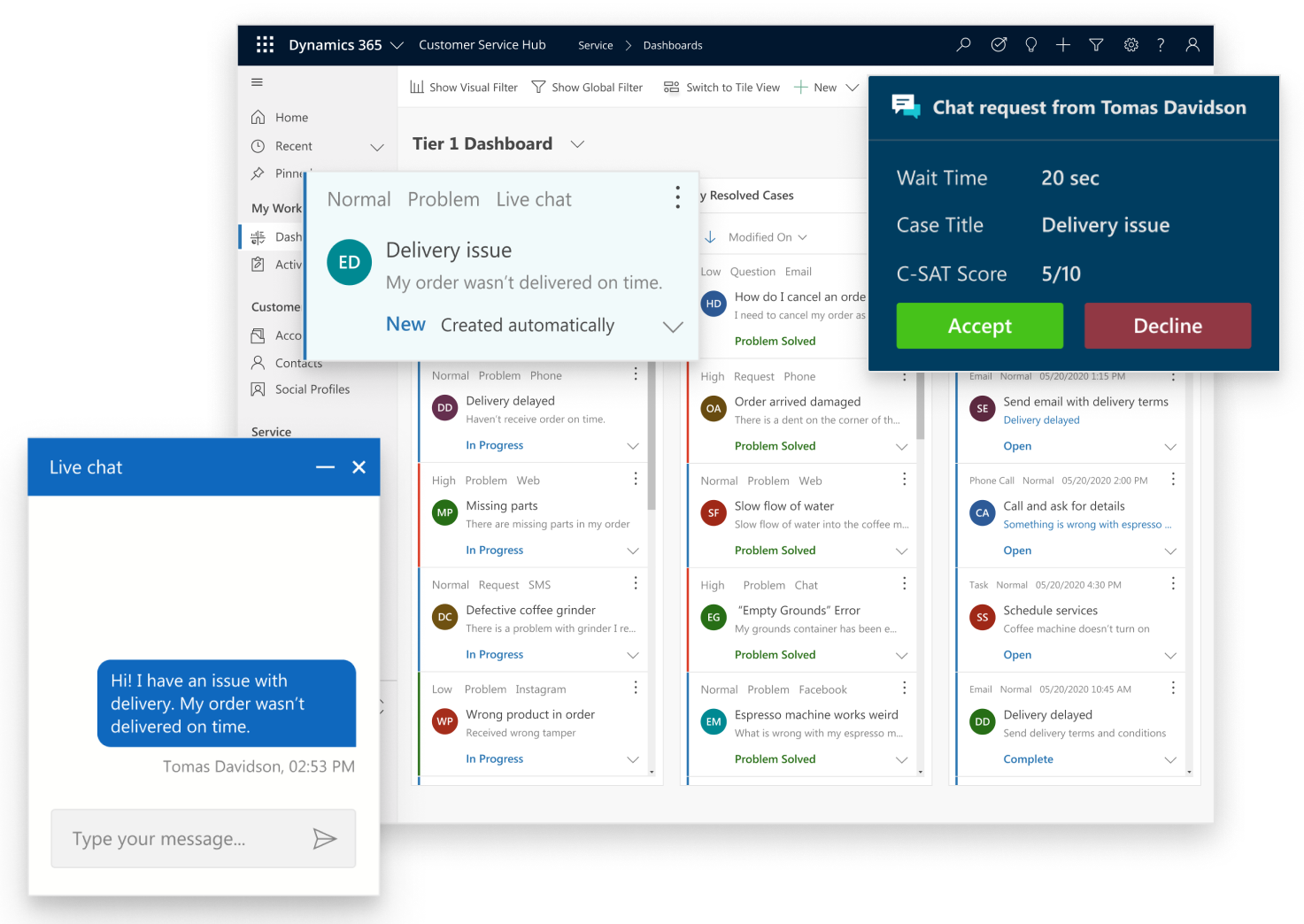

- MICROSOFT SYSTEM IMAGE TOOLS INSTALL
- MICROSOFT SYSTEM IMAGE TOOLS FULL
- MICROSOFT SYSTEM IMAGE TOOLS WINDOWS 10
- MICROSOFT SYSTEM IMAGE TOOLS SOFTWARE
- MICROSOFT SYSTEM IMAGE TOOLS WINDOWS 8.1
Connect the USB recovery media to the Dell computer where you want to install Microsoft Ubuntu or Linux.The installation process takes some time and your computer may restart several times.Windows Setup automatically creates a partition, formats it, and then begins installing Windows.If the Primary Partition shows 0 GB free, select the Unallocated Space and click Next. In the Where do you want to install Windows window, select the largest internal disk as the Primary Partition, and then click Next. In the window Which, type of installation do you want? Click Custom (advanced).Review the license agreement, and select I accept the license terms to proceed with the installation.

On the Windows Installation dialog box, click Install Now.When Windows Setup appears, select the language and keyboard preferences.On the boot menu, under UEFI boot, select the USB recovery drive and press the Enter key.At the Dell logo screen, tap the F12 key until you see the Preparing one time boot menu in the top-right corner of the screen.
Connect the USB recovery media to the Dell computer where you want to install Microsoft Windows 8.1 or 7. Installing Microsoft Windows 7, Windows 8.1, and Windows 10 Step 3: Using the USB recovery media to install the operating system
Recovery media creation is complete ( Figures 7, 8, 8, 10 ). After the USB recovery media is successfully created, a summary screen is displayed. The recovery image is mounted to the USB drive. The operating system recovery image is downloaded and verified. Check the boxes next to I understand that the selected drive will be reformatted, and existing data are deleted. 1 Under the USB drive, select the USB drive that you would like to use to create the USB recovery media. This USB drive is formatted to create the USB recovery media. Connect a USB drive with at least 16 GB of free storage space. Disconnect any USB drive/s that are connected to the computer. The Dell operating system Recovery Tool formats the USB drive and all the data on the USB drive will be erased permanently. Warning: Dell Technologies recommends that you back up any important data from the USB drive. If you are using another working computer to create the recovery media, Select For another computer, enter the Service Tag of the computer you want to create recovery media for, and click the Magnifying Glass icon to search for the computers identity ( Figure 3 ). If you are downloading the recovery image using the same Dell computer, select For this computer, and click NEXT and skip to step 7 of this section. Identify the computer requiring recovery media using the Service Tag. Launch the operating system Recovery Tool application ( Figure 2 ). Step 2: Creating the Dell operating system Recovery Media Double-click the downloaded file and follow the on-screen instructions to complete the installation process.įigure 1: Reinstall Microsoft Windows Download operating system Recover Tool. Browse to the folder where the downloaded file is saved. Click Download operating system Recovery Tool and save the file to the computer ( Figure 1 ). Step 1: Download and install the Dell operating system Recovery Tool. The Dell operating system Recovery Tool allows you to download either Microsoft Windows, Ubuntu, or Linux operating system recovery image that was preinstalled on your Dell computer. The Dell operating system Recovery Tool helps you download the operating system recovery image that is customized for your Dell computer and create a USB recovery media. Using the Dell operating system Recovery Tool to create USB recovery media on a Windows computer: The Dell operating system recovery tool provides an interface to quickly download and create a bootable USB drive to reinstall the operating system. You can download and use the Dell operating system recovery image to perform a clean installation, or reinstall Windows, Ubuntu, or Linux on your Dell computer. 
If your computer does not support Dell SupportAssist OS Recovery, Dell provides operating system recovery image for Windows, Ubuntu, or Linux that was factory installed on your computer. For more information about using SupportAssist OS Recovery, see article, " Restore your Computer Using SupportAssist OS Recovery"
For a list of computers that support SupportAssist OS Recovery, see the Dell SupportAssist OS Recovery Support Matrix for a full list.
Note: Windows 11 is ONLY supported with the Automated by SupportAssist option.ĭo you want to reinstall the operating system due to a computer crash, hard drive replacement, or other serious software problem with your Dell computer?ĭell Technologies recommends that supported computers use Dell SupportAssist OS Recovery Automated by SupportAssist for a premium restoration experience.







 0 kommentar(er)
0 kommentar(er)
